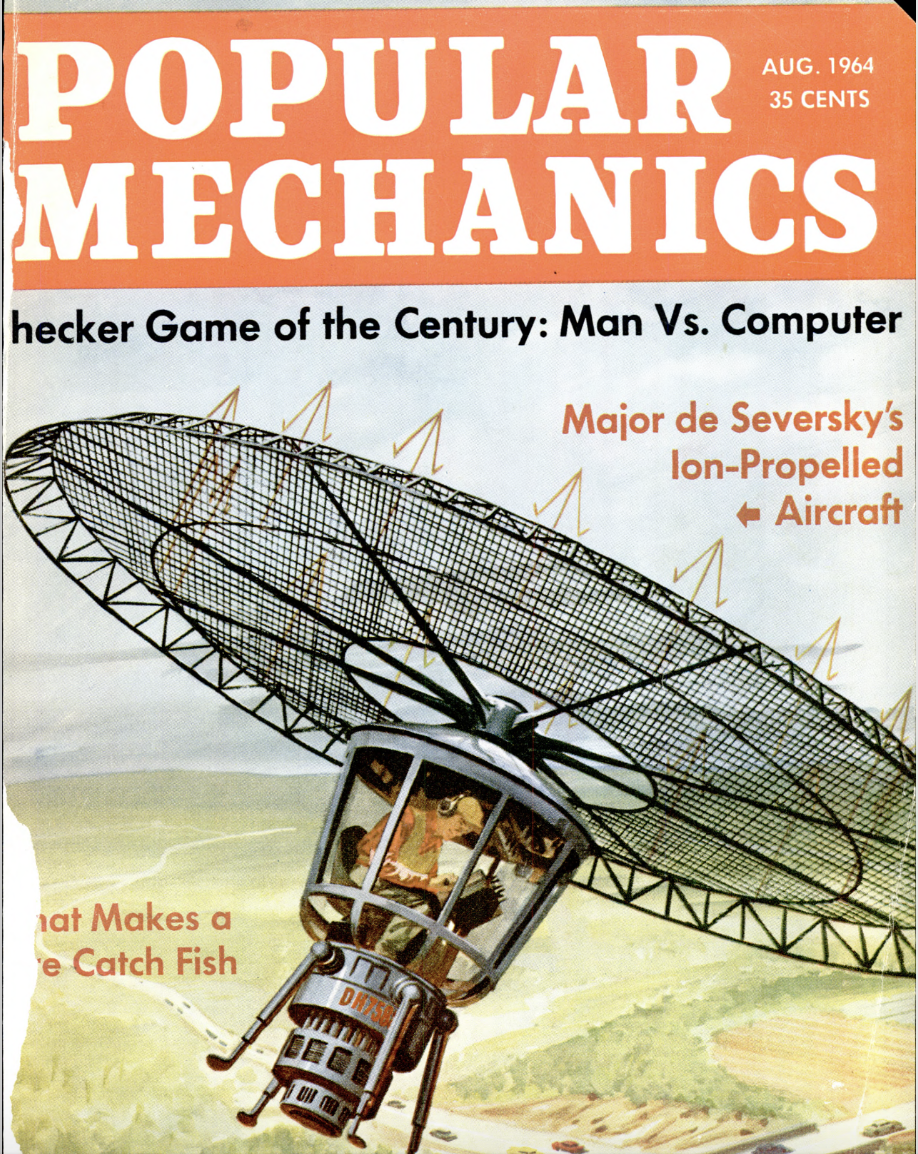Yeah. Those guys. I read them in the '60s and '70s and had access to issues from the '50s as well. Nearly every issue had some "revolutionary new" engine or car or airplane or helicopter in it. As young folks we were easily taken in by this stuff, and now we old guys recognize baloney when we see it. So many breathless articles on just-around-the-corner revolutionary technologies, written by people whose education is in writing, not technology. The motive, as always, is to make money through subscriptions and advertising space. Truth is not necessary and is actually inconvenient.
After all those promises of wonderful new engines and vehicles, we're still being propelled by pistons in cylinders, an adaptation of the 250-year-old steam engine. We're still flying airplanes like the 172 (1956), the Cherokee (1960), the Bonanza (1947) and numerous others. The Moller Skycar ate up something like $100 million and fifty years of effort, to no avail. Helicopters are still far out of reach for most pilots, instead of being in every driveway as promised.
So electric airplanes of practical value will have to be seen to be believed by us old guys. I appreciate that battery technology has come a long ways in 50 years, from the usually-dead carbon cells in my old incandescent flashlights to the alkalines in my LED flashlights, stuff I wouldn't want to go without now. The lithium-ion batteries in my cordless tools are similarly welcome. But I also know that my cordless tools are gutless compared to my old corded tools, too, and if I work them hard the battery is gone quickly. If they can develop batteries that store power in densities at least a third that of fossil fuels, don't cost $50K for a set, recharge in an hour or two, and don't catch fire in flight, this will be a good thing.




